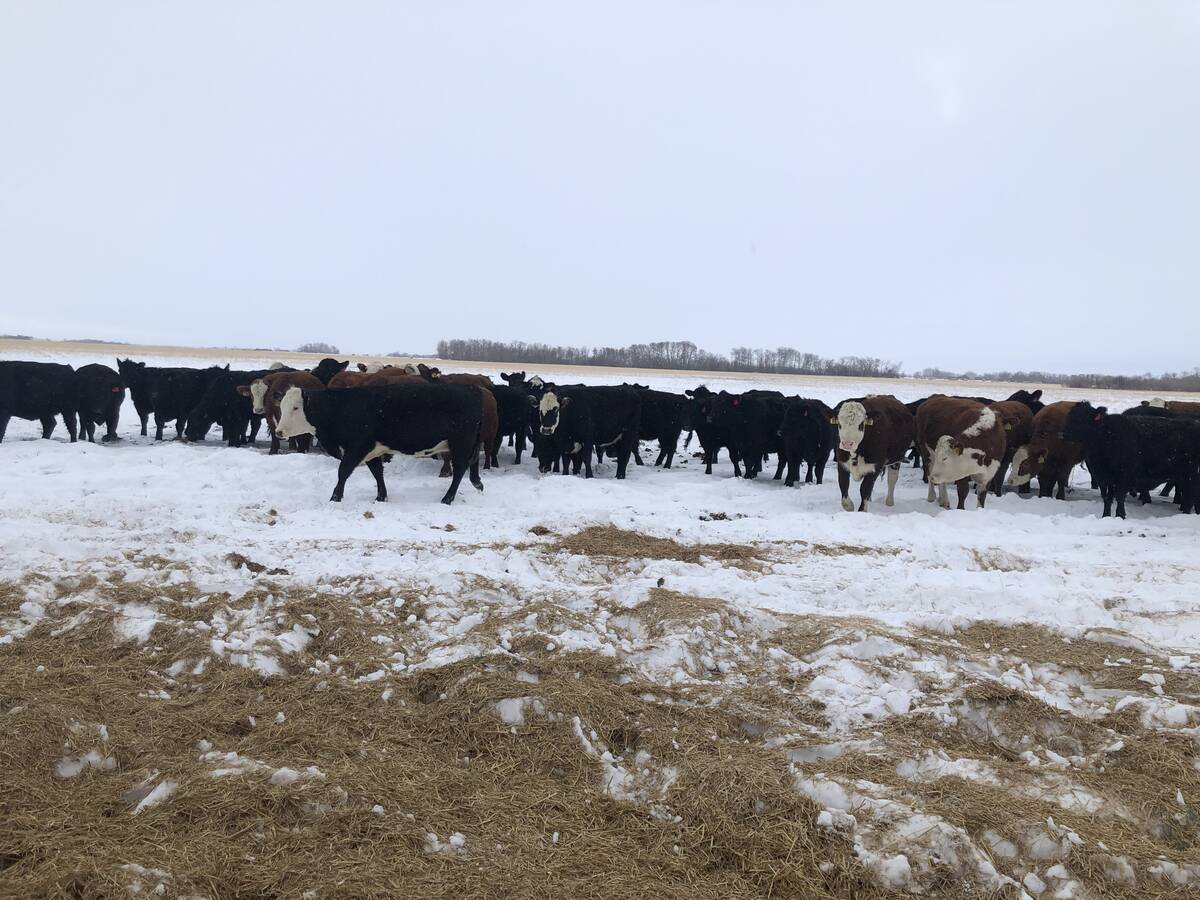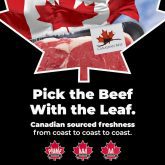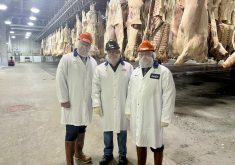The mood of this year’s National Cattlemen’s Beef Association (NCBA) live cattle marketing committee meeting was a lot different than the summer meeting in 2020. That 2020 meeting lasted over six hours, involved multiple roll call votes among affiliate groups and revealed a big chasm between the mostly cow-calf and the cattle feeder organizations.
The 2020 meeting resulted in a compromise resolution for NCBA to seek legislative or government action unless their “Framework” plan generated enough negotiated cash trade for fed cattle.
There were over 400 members and spectators at the 2022 meeting in Houston, featuring no fireworks, few bitter words and a very different resolution.
Read Also

Picking the most efficient cows to rebuild your cow herd
A new cow ranking system to help beef farmers and ranchers pick the most efficient cows as they rebuild their herds.
One of the chief protagonists from the 2020 meeting made it plain — their group had revised their stand. They did not want “mandatory” anything in this year’s resolution. Most of the affiliate groups, it turned out, had come around to that position.
Why the turnaround in roughly 18 months?
In the intervening time, the Biden administration showcased stunning federal power in using mandates and political lockdowns during the pandemic; the framework NCBA laboriously set up to foster more negotiated cash transactions generated significantly more; USDA had added significant new market reports; the leverage pendulum had shifted to the cattle producer’s direction, boosting cattle prices; more and more discussion happened regarding mandates and the pitfalls and destruction of freedoms and marketing options for cattle feeders; more drought conditions were guaranteeing a smaller future cattle supply and time has allowed everyone to cool off a bit.
In addition, most everyone, especially the cow-calf operators with little exposure to processors, learned a lot about the packing business. Most importantly, everyone’s learned the difference between “capacity” and “throughput,” and while labour has been a long-time major challenge for packers, the pandemic made it critical.
We’re sure there are other factors involved in the attitude change but these seemed most likely.
The Market Information, Transparency and Reporting Working Group submitted a 14-page report to the committee, specifically addressing Livestock Mandatory Reporting (MLR) confidentiality, market transparency, “captive supply,” the Packers and Stockyards Act, economic research and reporting thresholds.
A resolution M 1.10 — proposed by the Colorado, Florida and Oklahoma Cattlemen’s Association plus the Kansas Livestock Association — kicked off discussion of price discovery. The resolution held that “all fed cattle market participants have a shared responsibility to contribute to regionally sufficient levels of negotiated trade in all cattle feeding operations to achieve robust price discovery….” The resolution also noted that nearly 100,000 cattle/week were sold on a negotiated basis in 2021, exceeding minimum negotiated trade numbers by 37,000 on a weekly average and robust levels by 12,600 average/week.
This proposed resolution eliminated the trigger requirement language explicitly requiring pursuit of legislative or regulatory action but committed NCBA to “continue to pursue legislative or regulatory solutions,” guided by NCBA research.
But the big question was new, added language worked up during the session to clarify opposition to any mandatory moves.
“… NCBA opposes any mandate on cash trade volume for cattle or any other legislative or regulatory policies that would limit the methods producers can utilize to market cattle.”
The roll call vote on the amendment proved not close, with the amendment passing 146 to 41. The full resolution as amended then passed by voice vote.
While several state delegations were still not happy, the majority was happy and comfortable with this outcome. A more unified position from NCBA will now make it easier to head off mandates from Congress.
Other resolutions dealt with improvements around the edges, though nothing as important as the negotiated cash question. Included were:
- Monitoring and research on the LMR reports.
- Alternative ways of determining a base price for AMAs, packing plant capacity and labour issues.
- Continued support for a cattle contract library, to be handled by the USDA-AMS market news division and to provide more transparency and transaction details on AMAs.
- More states covered in the livestock marketing data.
- Supporting changes to P&S rules that would allow livestock marketing agencies to have ownership in packing plants.
- Supporting improvements to livestock marketing reports including faster timing and more detail.
- An 11 a.m. daily report on the previous day’s average carcass weights.
- Extending the “cattle committed” delivery window from seven to 14 days.
- Clearer reporting of negotiated grid transactions.
- To report and separate out formula trades by those including premiums and discounts or having none.
- More plants subject to LMR.
- A new report on weekly negotiated trade volume by plant and by region.
- Looser confidentiality rules.
















